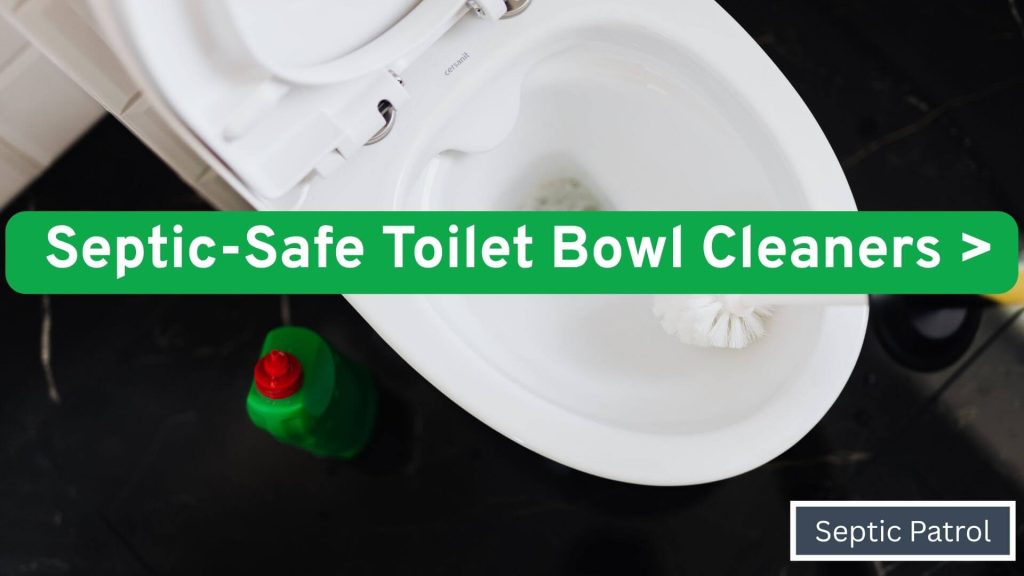
- 1. Pink Stuff Foaming Toilet Cleaner
- 2. Better Life Natural Toilet Bowl Cleaner
- 3. Blueland Toilet Bowl Cleaner Tablets
- 4. Seventh Generation Toilet Bowl Cleaner
- 5. Molly’s Suds Toilet Bowl Cleaner
- 6. Scrubbing Bubbles
- 7. EC30 Toilet Cleaner
- 8. Lysol Toilet Bowl Cleaner
- 9. Mrs. Meyer’s Clean Day Toilet Bowl Cleaner
- 10. Zep Acidic Toilet Bowl Cleaner
- 11. Vacplus Automatic Toilet Bowl Cleaner
- 12. Kaboom BowlBlaster Toilet Bowl Cleaner
- 13. Method Antibacterial Toilet Bowl Cleaner
- 14. Lemi Shine Toilet Bowl Cleaner
- 15. Soft Scrub Duo-Cubes In-Tank Toilet Cleaner
- 16. Iron OUT Automatic Toilet Bowl Cleaner
- 17. Clorox Toilet Bowl Cleaner with Bleach
- 18. Diversey Crew Clinging Toilet Bowl Cleaner
Keeping your toilet clean shouldn’t come at the cost of damaging your septic system. Unfortunately, many popular toilet bowl cleaners rely on harsh chemicals like chlorine bleach, hydrochloric acid, or sodium hypochlorite—ingredients that may be effective at scrubbing stains but are far too aggressive for the delicate bacterial balance your septic tank needs to function. Even seemingly harmless products like toilet tank tablets often contain antibacterial agents that can kill off these essential microbes.
In this post, I’ve reviewed 18 toilet bowl cleaners through a septic-safe lens—focusing on what ingredients they contain, how biodegradable they are, and whether they’re likely to harm your tank or contribute to clogs. The best cleaners are not only free from harsh chemicals, but also made with plant-based or naturally derived ingredients that break down easily in your system. If you want a sparkling toilet and a healthy septic tank, this guide will help you make the safest choice.
1. Pink Stuff Foaming Toilet Cleaner
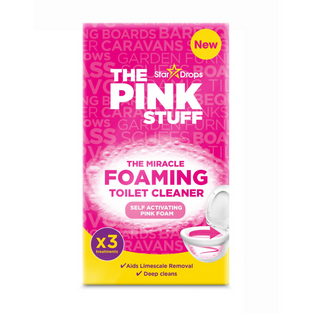
Safety: ✅ Safe for Septic Systems
The Pink Stuff Foaming Toilet Cleaner is septic-safe, as its ingredients are not harmful to the beneficial bacteria in septic systems. Although it contains citric acid, the concentration is low and becomes further diluted with water, posing no significant threat to septic tank function.
2. Better Life Natural Toilet Bowl Cleaner
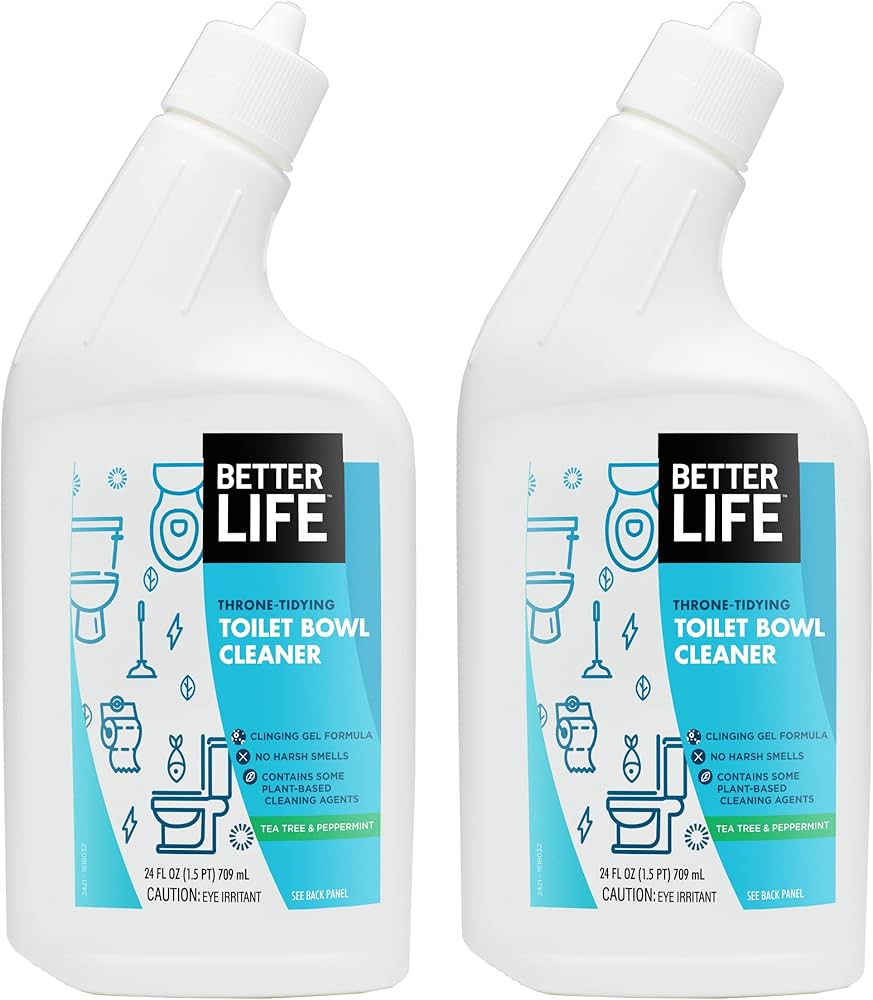
Safety: ✅ Septic-Safe — Suitable for Regular Use
Better Life Natural Toilet Bowl Cleaner is made with biodegradable, plant-based ingredients that are gentle on septic systems. It contains no harsh chemicals or synthetic surfactants, making it a safe choice for regular use without harming beneficial bacteria.
3. Blueland Toilet Bowl Cleaner Tablets
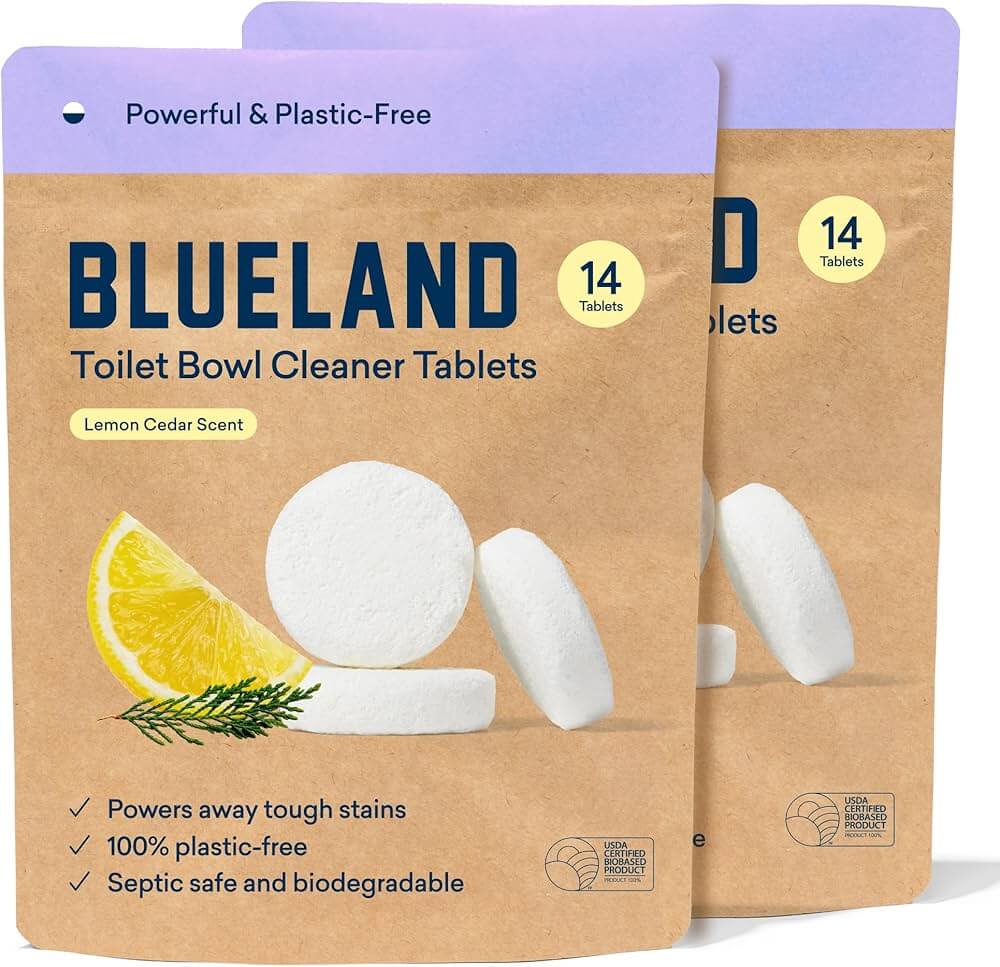
Safety: ✅Safe for Septic Systems — Suitable for Regular Use
Blueland Toilet Bowl Cleaner Tablets are largely plant-based and biodegradable, making them safe for septic systems when used properly. Though it contains a small amount of sodium lauryl sulfate and limonene, these are present in low concentrations and unlikely to disrupt septic balance.
4. Seventh Generation Toilet Bowl Cleaner
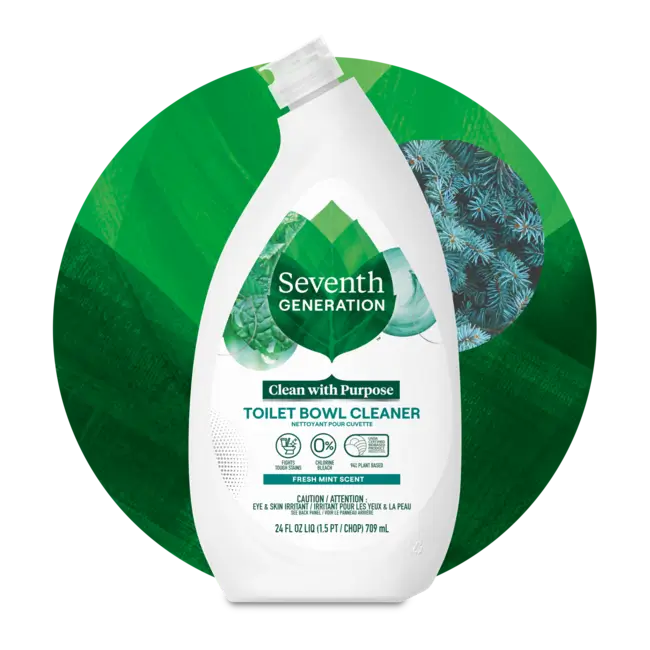
Safety: ✅Safe for Septic System Use
Seventh Generation Toilet Bowl Cleaner is a plant-based, biodegradable formula that is safe for septic systems. It avoids synthetic surfactants and phosphates, relying instead on mild acids, natural thickeners, and essential oils that are generally septic-friendly.
5. Molly’s Suds Toilet Bowl Cleaner
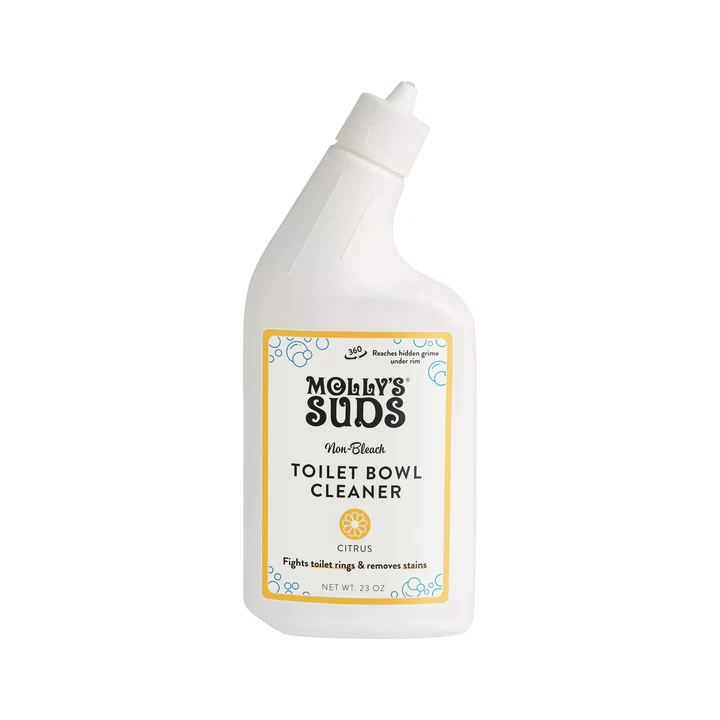
Safety: ✅ Safe for Septic Systems — Suitable for Regular Use
Molly’s Suds Toilet Bowl Cleaner features biodegradable, septic-friendly ingredients like citric acid, glycerin, and plant-based surfactants. It’s a safe choice for regular septic use, though the unspecified natural fragrance should be used in moderation.
6. Scrubbing Bubbles
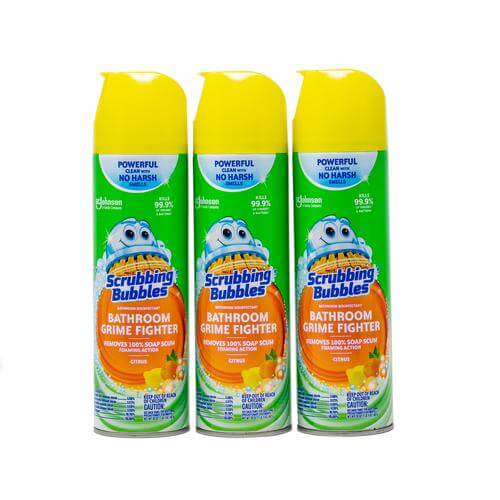
Safety: ✅ Generally Safe for Septic Systems
Most Scrubbing Bubbles products contain ingredients that are generally considered safe for septic systems when used as directed. To avoid potential issues, it’s important to rinse away excess cleaner with plenty of water, as recommended by the manufacturer.
7. EC30 Toilet Cleaner
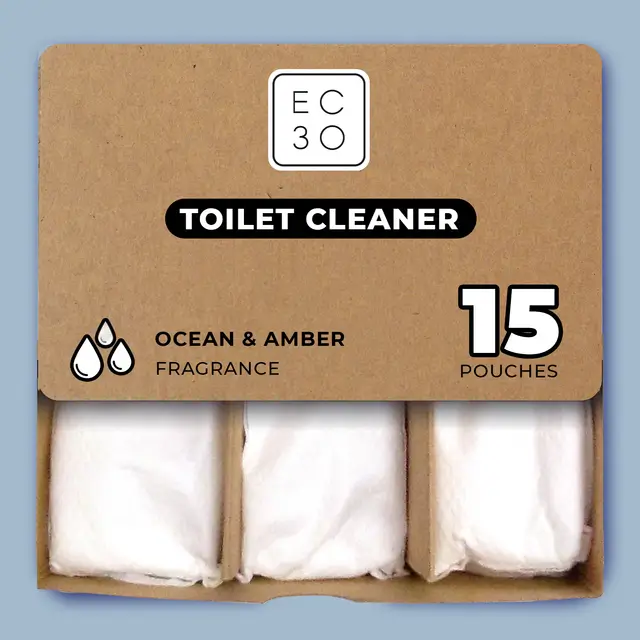
Safety: ✅Generally Septic-Safe With Occasional Use
EC30 Toilet Cleaner uses mostly biodegradable and gentle ingredients like baking soda and coconut-derived surfactants, making it a generally septic-safe choice. However, its use of synthetic polymers and unspecified fragrances means it’s best used in moderation for long-term septic health.
8. Lysol Toilet Bowl Cleaner
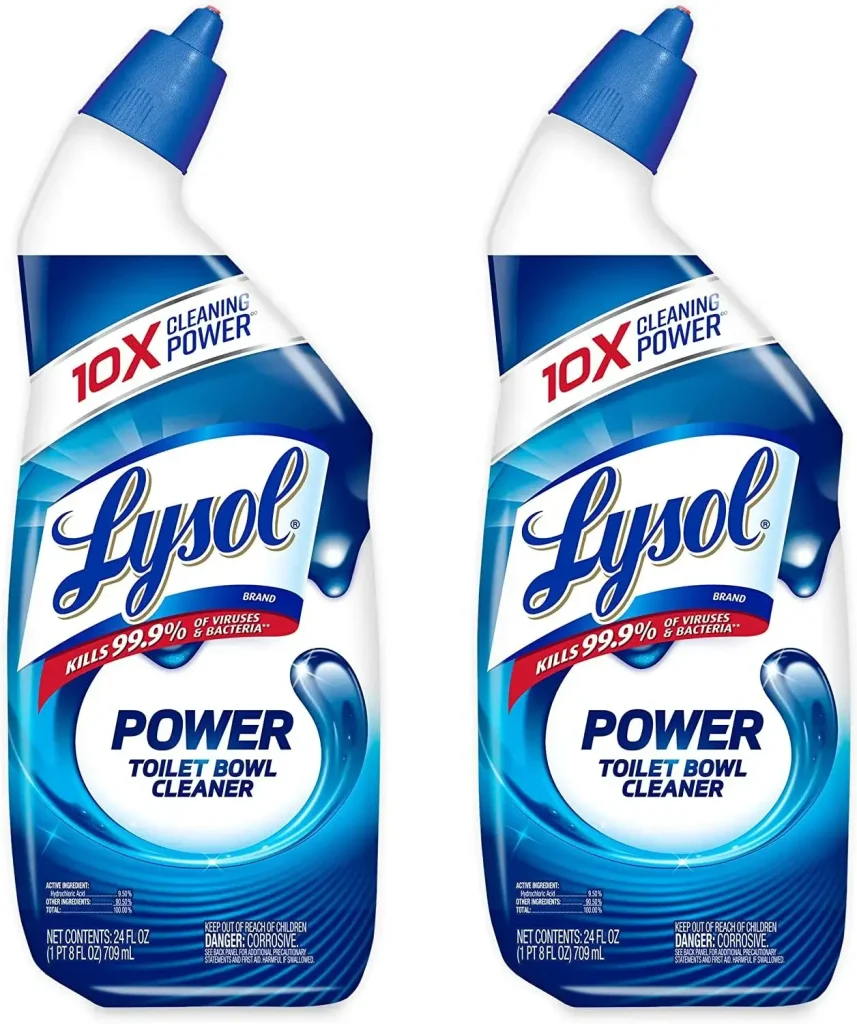
⚠️ Conditionally Safe — Use With Caution
Lysol toilet bowl cleaners contain strong disinfectants like bleach and hydrochloric acid, which can harm the beneficial bacteria in septic systems if used excessively. However, when used sparingly, the chemicals become so diluted in the tank that they are unlikely to cause significant damage.
9. Mrs. Meyer’s Clean Day Toilet Bowl Cleaner
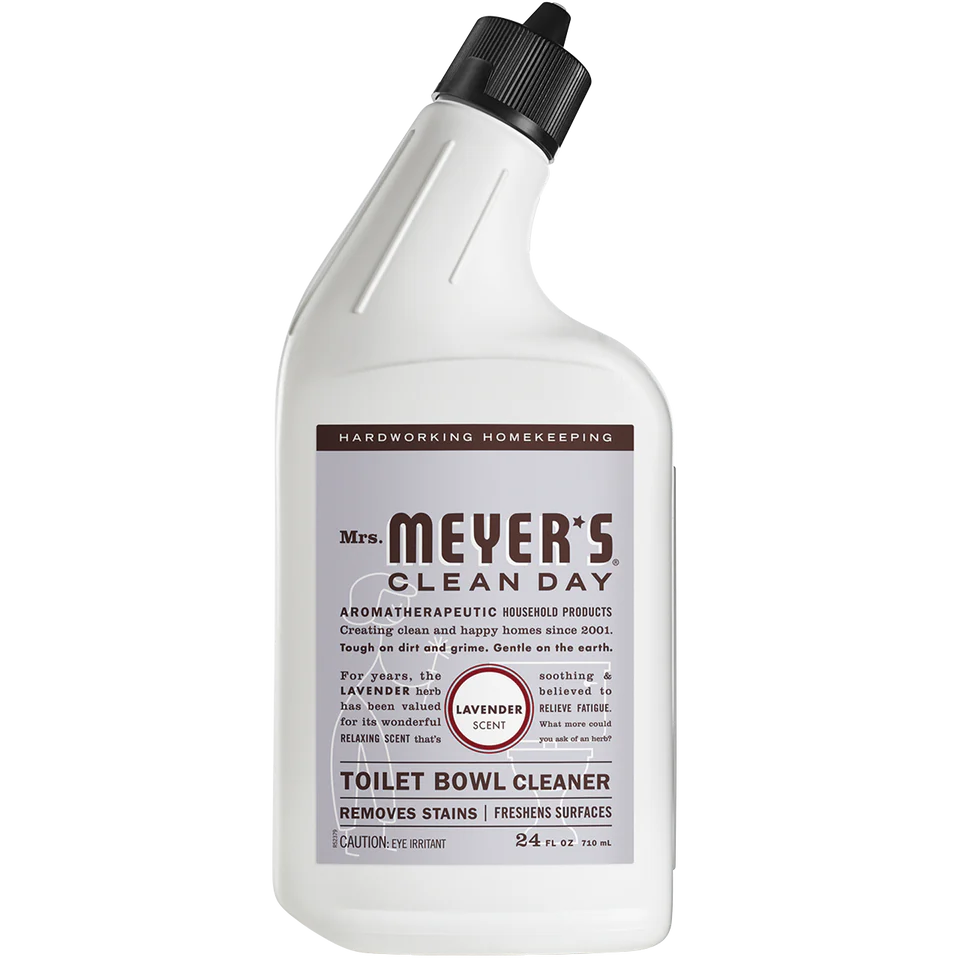
⚠️ Conditionally Safe — Use With Caution
Mrs. Meyer’s Clean Day Toilet Bowl Cleaner is mostly septic-safe due to its biodegradable, plant-based ingredients. However, it contains PEG-2 Cocomonium Chloride, a mild antibacterial agent that may disrupt septic tank bacteria with frequent use. For best results, use sparingly or alternate with a fully septic-safe formula.
10. Zep Acidic Toilet Bowl Cleaner
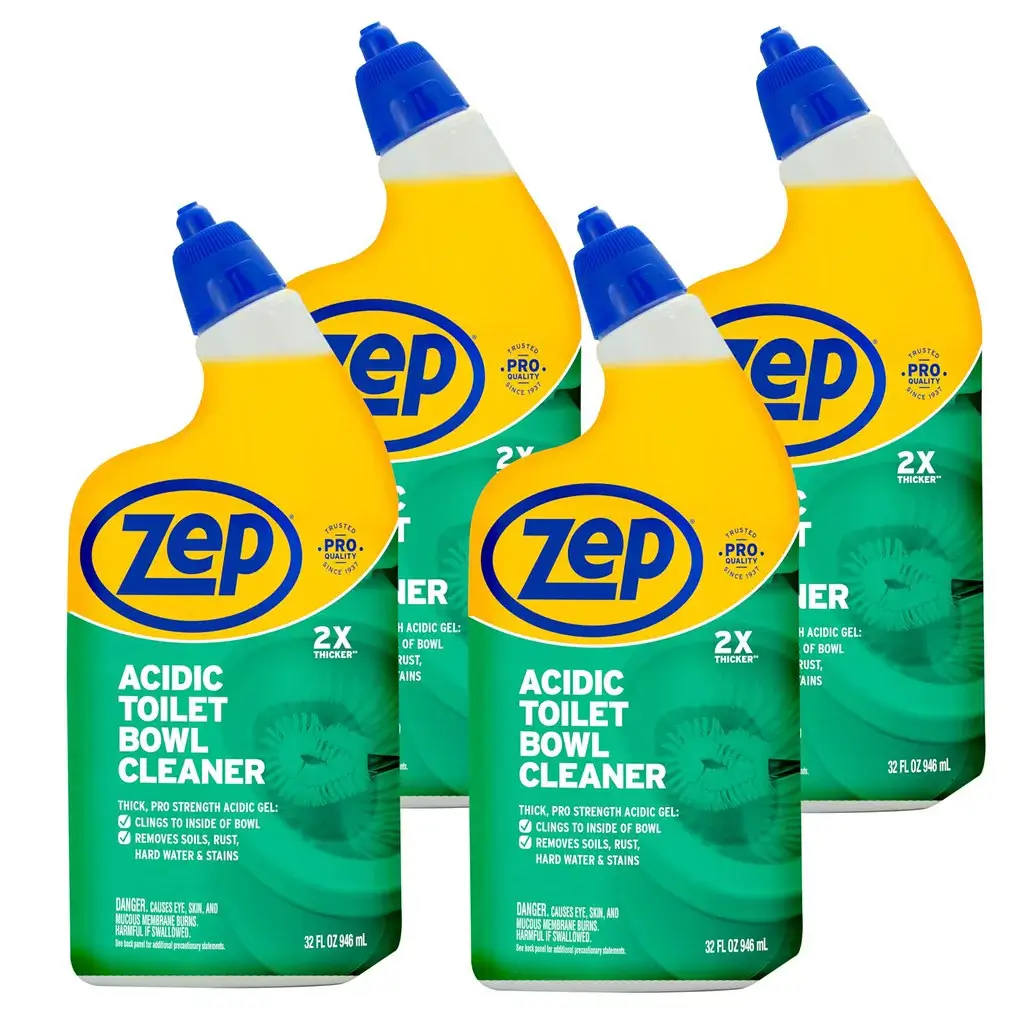
Safety: ⚠️ Use With Caution — Not Ideal for Regular Septic System Use
Although Zep Acidic Toilet Bowl Cleaner is marketed as septic-safe, its ingredients—particularly hydrochloric acid (5–10%) and ammonium-based disinfectants—pose serious risks to septic systems. These chemicals can harm the beneficial bacteria essential for septic function and may even damage pipes or leach fields. For long-term septic health, it’s best to avoid this cleaner or use it very sparingly in favor of gentler alternatives.
11. Vacplus Automatic Toilet Bowl Cleaner
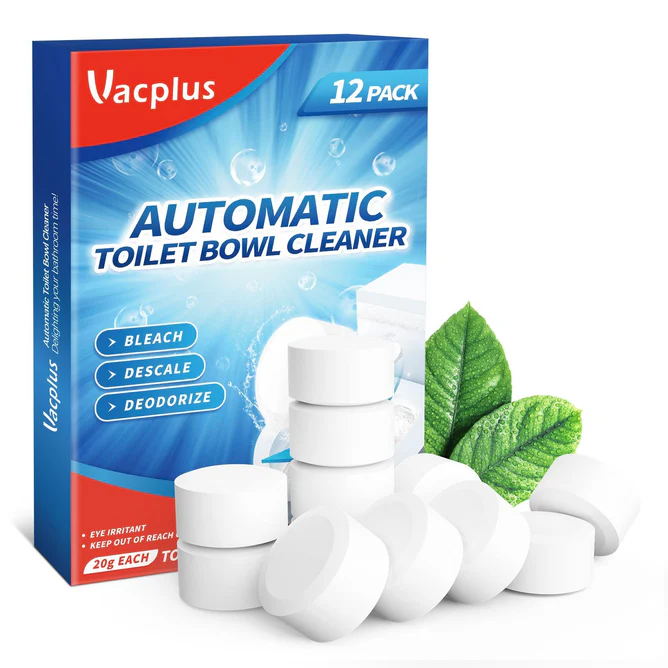
Safety: ⚠️ Use With Caution — Not Ideal for Regular Septic System Use
Vacplus contains some septic-friendly enzymes but also includes harsh surfactants, synthetic dyes, and fragrances that may harm your septic system with frequent use. Its tablet form releases these compounds continuously, posing a risk to essential tank bacteria. For better septic health, choose liquid, plant-based cleaners with clearly listed, expert-approved ingredients.
12. Kaboom BowlBlaster Toilet Bowl Cleaner
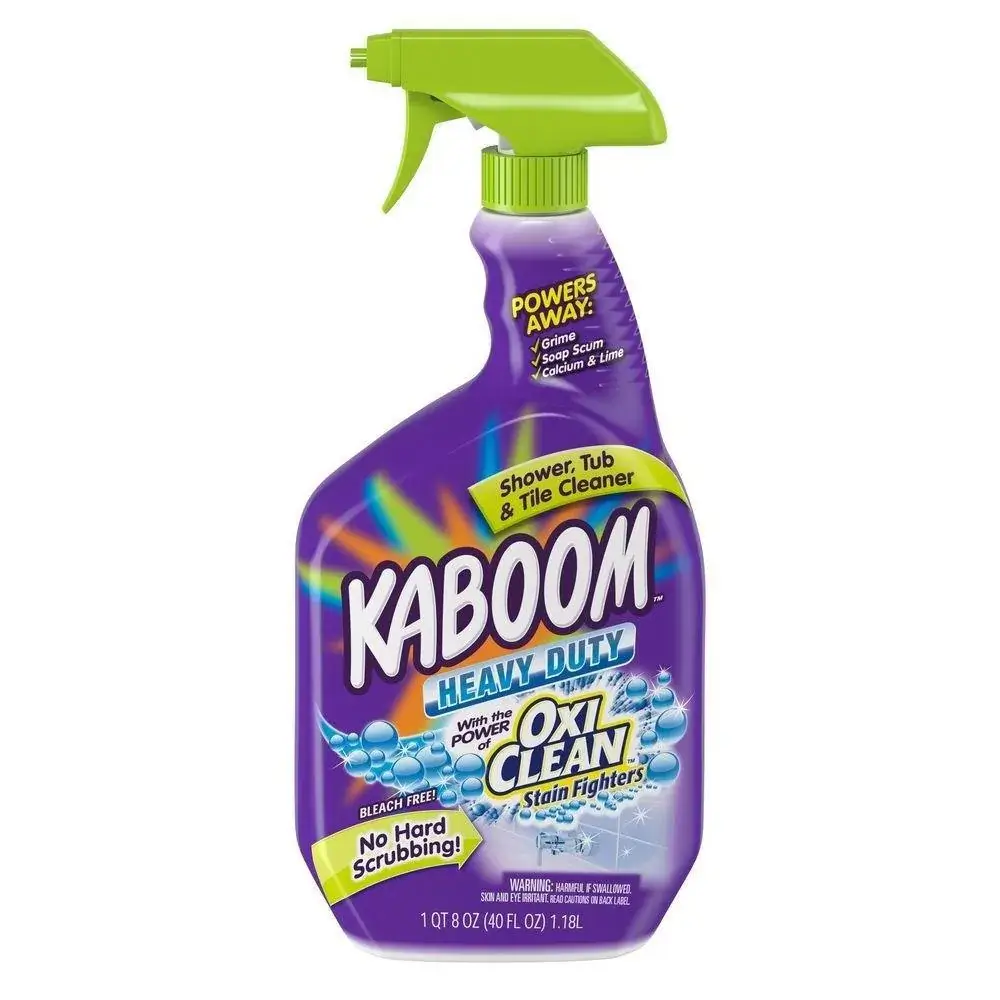
Safety: ⚠️ Use With Caution — Not Ideal for Regular Septic System Use
While Kaboom claims to be septic-safe, its high or low pH levels, presence of harsh chemicals like sodium hypochlorite, and lack of clear biodegradability data raise red flags. These factors can disrupt the delicate bacterial balance in your septic tank and hinder waste breakdown. Until more transparent, expert-backed data is available, it’s safer to choose biodegradable, pH-neutral cleaners with fully disclosed ingredients.
13. Method Antibacterial Toilet Bowl Cleaner

Safety: ⚠️ Use With Caution — Not Ideal for Frequent Septic Use
While Method Antibacterial Toilet Bowl Cleaner contains several biodegradable, plant-based ingredients, its use of unspecified fragrances and other undisclosed components makes it less reliable for septic systems. For regular use, opt for cleaners with fully transparent, septic-safe formulas.
14. Lemi Shine Toilet Bowl Cleaner
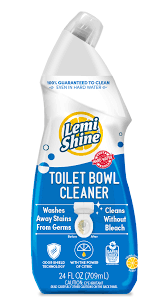
Safety: ⚠️ Use With Caution — Not Ideal for Regular Septic System Use
Lemi Shine Toilet Bowl Cleaner contains biodegradable ingredients like citric acid and xanthan gum, but also includes synthetic surfactants, fragrance allergens, and dyes that can disrupt septic balance with frequent use. It’s best used sparingly or replaced with a more septic-safe, plant-based alternative.
15. Soft Scrub Duo-Cubes In-Tank Toilet Cleaner
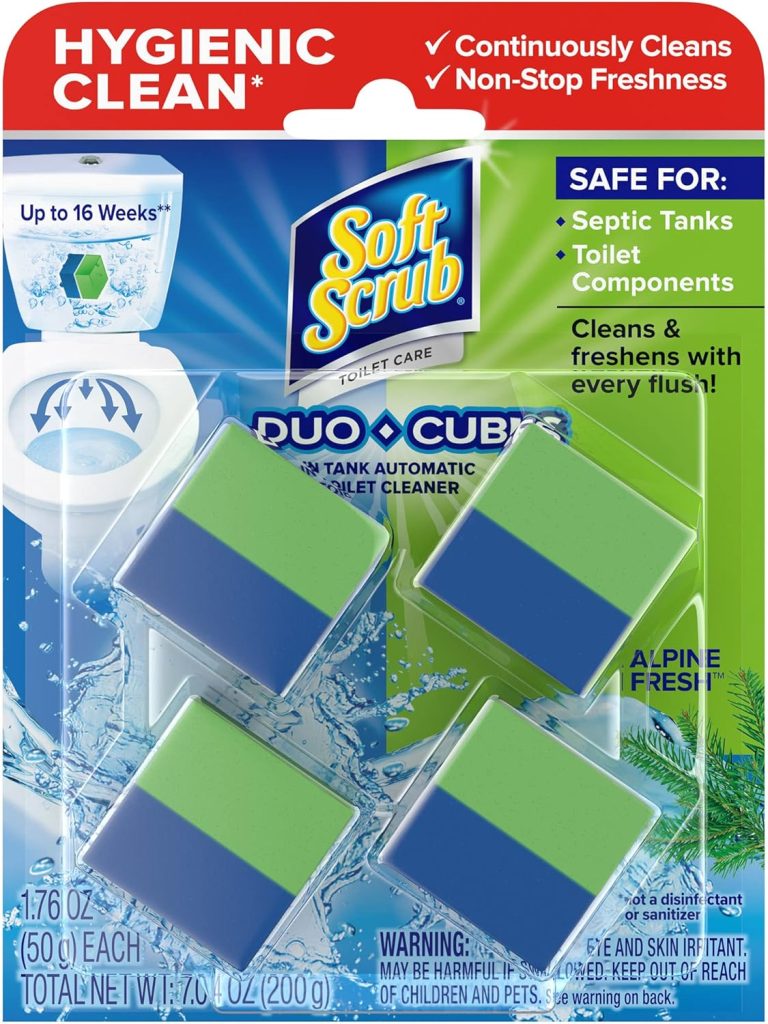
Safety: ⚠️Use With Caution — Not Recommended for Regular Septic Use
Soft Scrub Duo-Cubes contain several synthetic surfactants, fragrances, and dyes that can harm the bacterial balance in your septic system. Their continuous-release in-tank format makes them unsuitable for regular use in homes with septic systems.
16. Iron OUT Automatic Toilet Bowl Cleaner
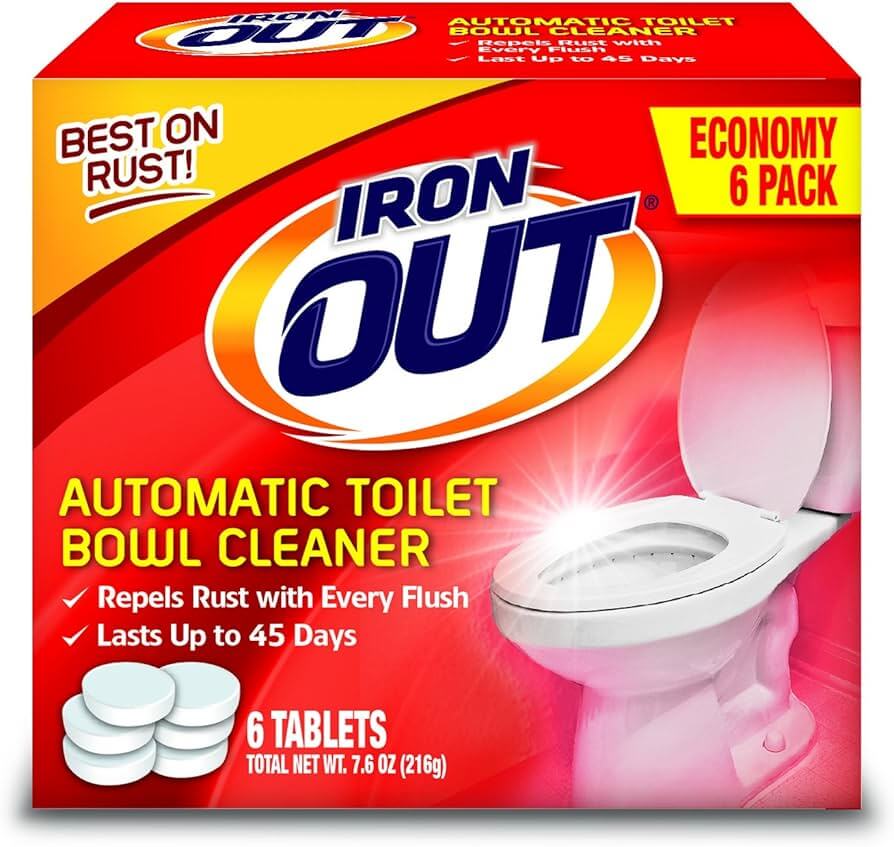
Safety: ⚠️ Use With Caution — Not Recommended for Regular Septic System Use
Iron OUT Automatic Toilet Bowl Cleaner is not ideal for septic systems due to its use of harsh chemicals like sodium hydrosulfite, methanol, and synthetic fragrances that may harm beneficial bacteria. While it removes rust effectively, its long-term use can disrupt the microbial ecosystem of your septic tank.
17. Clorox Toilet Bowl Cleaner with Bleach

Safety: ⚠️ Use With Caution — Not Recommended for Regular Septic System Use
Clorox Toilet Bowl Cleaner with Bleach contains strong disinfectants and preservatives like sodium hypochlorite and Quaternium-15, which can harm septic system bacteria over time. While some ingredients are biodegradable, the cleaner overall is not ideal for frequent use in homes with septic systems.
18. Diversey Crew Clinging Toilet Bowl Cleaner
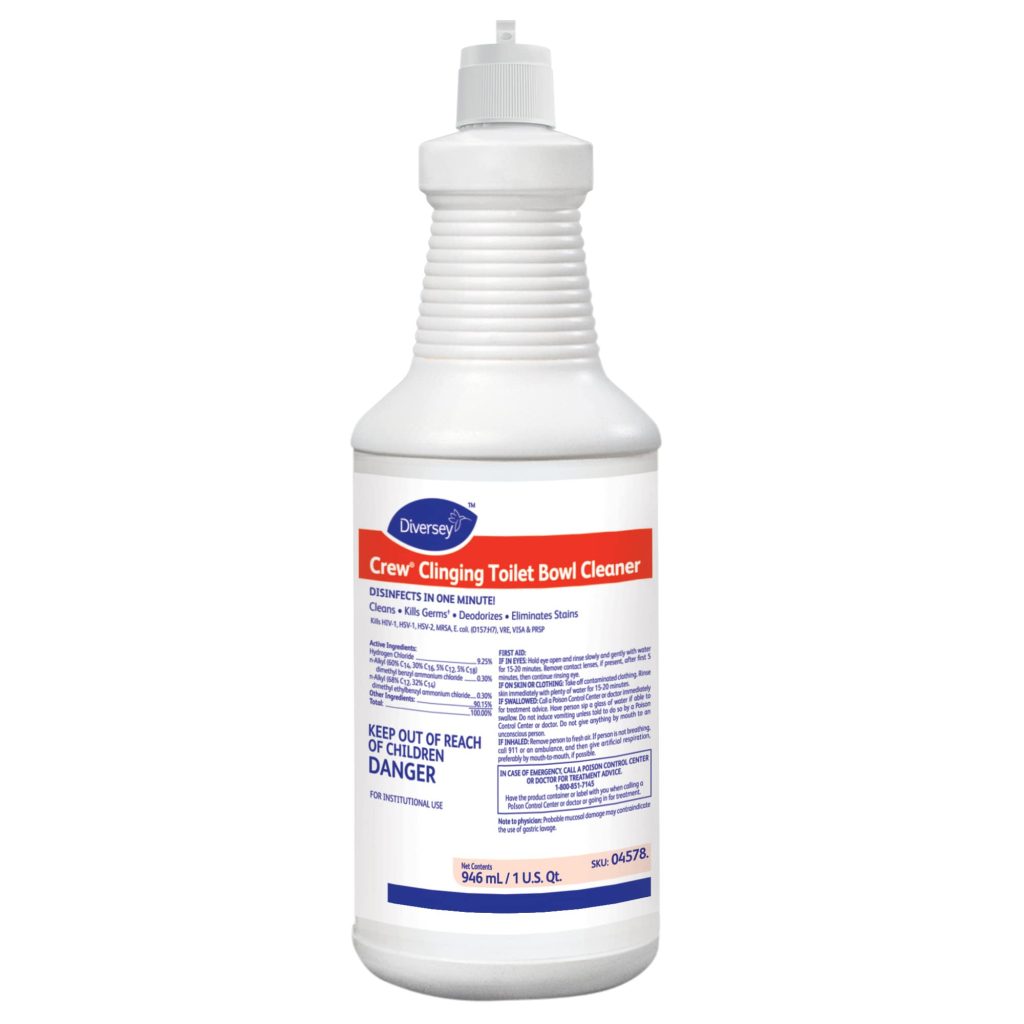
Safety: ⚠️ Use With Caution — Not Recommended for Regular Septic System Use
Diversey Crew Clinging Toilet Bowl Cleaner contains hydrochloric acid and quaternary ammonium compounds that effectively clean and disinfect but are harmful to septic systems. These ingredients can disrupt bacterial activity and damage your system over time, making this product unsuitable for regular use in homes with septic tanks.